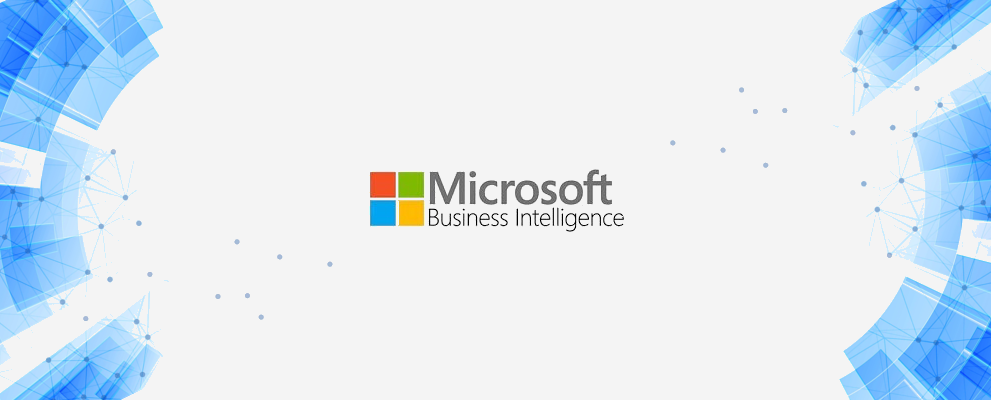
Most of the business intelligence tools like Microsoft SQL Server, SharePoint, Office applications are all part of the greatest software application giant Microsoft. Enterprises have started embracing the stack of BI services retooled by Microsoft for various prospects like data integration (SSIS), analytics (SSAS) and for business intelligence (SSRS) and visualization. These services have been retooled and brought under the umbrella of ETL (exact, transform and load). These products can be either used as a standalone or used in totality and integrated as part of the share-point system. Precisely, close-knit integration with BI tools helps quickly gain business intelligence from their data..
Present Data Warehouse Goals
During the release of SQL Server (Service Query String) in 2000, it’s been estimated that the entire digital data totaled 1 petabyte (1 million tetra bytes). Estimates of 2007 totaled to about 7 petabytes. Such a huge upsurge in data increased the data warehouse goals for companies to procure and process large volumes of data. This is mainly because of the DTS (Data Transformation Services) rewritten by Microsoft’s SSIS (SQL Server Integration Services).
In the past, only those data were warehoused by the company, which they judged important for their data warehouse goals. With a decrease in storage costs, increase in server horse-power and increased business intelligence tools. Data architects conclude to a statement that data could’ve brought many enterprises business, which otherwise was negated, for there was no right access to procuring, retrieving, collecting or storing data!
Data – a driving ‘force’ for next tomorrow
With Power BI tapping the IT market with its myriads of data applications. It’s easy for any xyz business analyst to carry a sales-person, dentist, accountants or cake-makers in his pocket (i.e., dashboards). When we talk about Power BI, it’s nothing but business analytics that’s embedded on to software applications that we use daily!
The dashboard is core designed to represent data and enterprise performance metrics and KPI’s (Key Performance Indicators) in such a way, that users can arrange the screen and choose data from the kind of departments and its related business functions, presenting the data summary in graphical form.
Microsoft’s driving vision of Power BI is to enable users across roles, disciplines, industries to embrace services in seconds, thereby deriving business value drawing insights from the data within minutes.
Modern Business needs BI tools
Nearly about 80% data are unstructured for which organizations are unable to tap the business via the treasure trove of data, they must have access to. Most of these data could be procured through social media feeds, emails, audio files, digital photos to know the status of your business profiles, but they’re unkempt for lack of access to it or lack of ignorance. Hence, what seemed irrelevant in the past now seems critical to the future. This is the reason Microsoft administered the SSIS and SSRS services to prepare, deliver a variety of interactive and printed reports.
These services along with text and data mining features are accessed through a Visual Studio Shell to extract, transform and load data into their warehouses, cleanse it, prep it for mining and then analyze the data within Analysis services. With the help of analysis services, reporting and forecasting, trending becomes easy for business analysts.
Thus, in a democratized era of business intelligence, seeding trust with your clients and from your clients have become easy and at the same time helps to make informed business decisions.